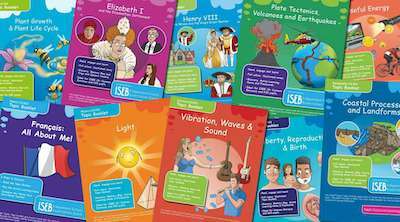Once you’ve made a revision timetable and divided your subjects into bitesize chunks, it’s time to create some flashcards and mindmaps.
- Flashcards are small two-sided cards. On one side, you write a question and on the other side, you write the answer. Keep the question and answer short and simple so you can read them quickly.
- Mindmaps are like spider diagrams. These are great for mapping out your knowledge and connecting different topics.
When you create your flashcards, make a different ‘deck’ for each subtopic. As you revise and encounter new topics, add new questions to the deck. Mix drawings, diagrams and mnemonics into your flashcards.
You can bring your flashcards with you wherever you go. Revise in the car, on the train or even in front of the TV (though don’t make that a habit!)
Mindmaps are excellent for subjects where topics are linked. For example, in geography, plate tectonics is related to earthquakes, volcanism and continental drift. In history, Henry VIII is related to the nine wives, the dissolution of the monasteries and the reformation. Topics should be mapped out with key events, dates and names.
Photocopy your mindmaps and attach them to walls around your home. Make sure you cover every possible topic when making your mindmaps and flashcards – you don’t want to miss anything out!





